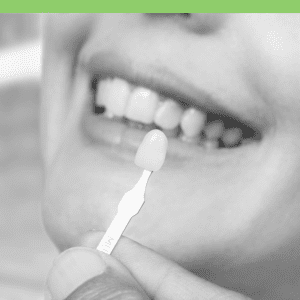 Acquiring a winning smile is as close as choosing dental veneers. Composite-resin and porcelain are the most commonly used materials, and in the hands of an experienced cosmetic dentist, both materials can beautifully transform your smile.
Acquiring a winning smile is as close as choosing dental veneers. Composite-resin and porcelain are the most commonly used materials, and in the hands of an experienced cosmetic dentist, both materials can beautifully transform your smile.
They can be direct (a.k.a. bonding, applied to the teeth by the dentist), or indirect (fabricated in a dental lab). In the direct method, full or partial coatings of composite-resin (a glass and resin hybrid) are applied to the surfaces of teeth to enhance their appearance.
